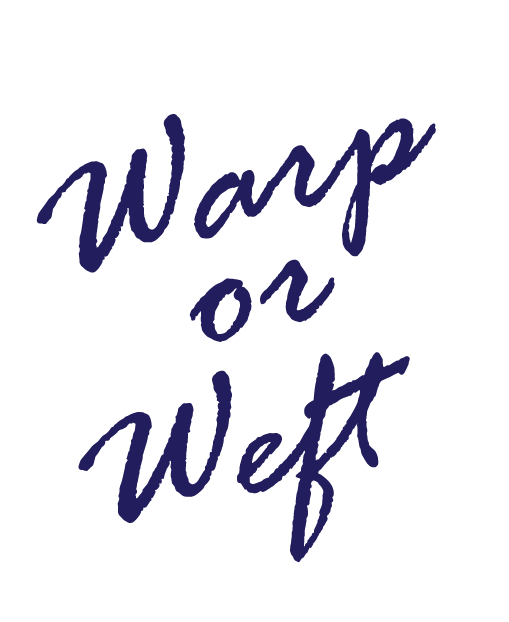My Weaving Process
HOW TO WEAVE is one of the top questions I get about my work. I am happy to share what works for me on my Macomber loom and table loom, but please note that there are several ways the weaving process can work depending on the type of loom you are using and what works for you. The abbreviated way that weaving works for me is as follows:
1. Decide on a project - scarf, towel, pillow, table runner, etc.
2. Select a pattern by looking through books or making my own pattern.
3. Decide on yarn. Colors, yarn material (cotton, wool, cashmere, linen, etc.), and yarn weight are very important to the finished item and often depends on how it will be used.
4. Calculate the amount of yarn needed and place an order. We have one local weaving store in Seattle, but it isn't open regular hours, so most weaving yarn is ordered over the internet. Yarn can take anywhere from a few days to weeks to arrive.
5. If I haven't used the particular yarn before, I weave a small sample to see how it looks, then wash it to see if it holds up as constructed. This is called "sampling". Sometimes sampling will include multiple color combinations - does it look better light on dark or dark on light? Dark blue, light blue or gray?
6. Wind a warp. Each thread in the warp (the yarn that is wrapped around the loom) is wound individually around a warp board (a board with pegs) for the full number of yards needed. This could involve winding 500+ individual strands of yarn for 12 or more yards each. When the winding is finished, being careful to have the exact number of threads, sticks are placed in the top part to keep the "cross" in place, a bunch of parts are tied together with scarp yarn, a crochet type chain of the length of the warp is made to prevent the yarn from tangling, and the whole thing (including the sticks) is carefully moved from the warp board to the loom.
7. Thread the loom. Each of the warp threads (sometimes 500+) need to be pulled through the reed (the metal piece that looks like a big comb) AND the individual heddles in the order specified in the pattern. This can take hours or days depending on the number of warp threads.
8. Wind onto the beam. The entire length of the warp needs to be wound onto a beam on the loom. This involves tying knots on the back and winding the whole length of warp until the ends are near the front of the loom. Then knots are tied onto the front at the exact same tension all the way across. This can be easy or difficult depending on the type of yarn used. (Depending on the type of loom used, some weavers may tie on to the back first, wind the warp on to the back beam and then thread the heddles and reed before tying on to the front).
9. Weave!!
10. Finishing. The woven cloth is cut off the loom. Twist fringe or hem stitch the ends to prevent unraveling. Wet finishing is often required. Sewing is necessary for some items - pillows, garments, etc.
Voila! This is how to weave distilled down to a very small nutshell.
Happy weaving!







